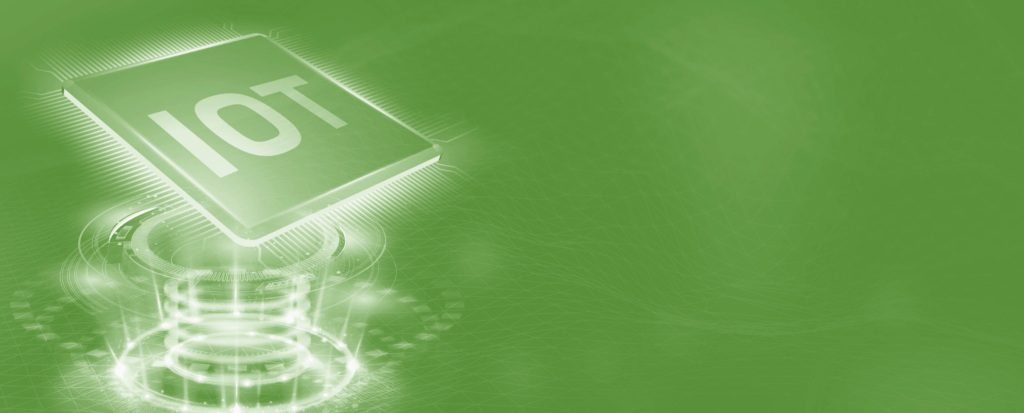Interesting IoT Statistics and How it Applies to E-Discovery

Our daily lives are constantly evolving, and the Internet of Things (IoT) plays a massive role in that. It’s estimated that the average American had access to more than ten connected devices in their household, according to a 2020 survey from Statista [1]. Think about how many different types of devices that are connected to the internet that you can think of without any effort, phones, smart watches, GPS devices, tablets, smart home applications, printers, cameras, and countless other devices.
Devices that were once standalone products such as the thermostat, vehicle sensors, medical implants, alarm systems, and garage doors can now all be networked to the internet. Adding to this, an ever growing list of technology companies have invested billions in information governance to maintain access to the data generated from these various IoT devices. Yes, that’s right, someone else owns your Amazon Alexa data.
So, what exactly is the IoT? The Internet of Things (IoT), which is commonly referred to simply as IoT, refers to physical devices that are connected to the internet for the purpose of creating and exchanging data over a network. This includes everything from smartphones, laptops, and computers to wearable technology like smart watches, and health devices like pacemakers.
The application to the legal industry and eDiscovery is a result of the unprecedented preservation, archiving, and collection issues for litigation support services and professionals that arise because of the constantly changing landscape caused from IoT. With new data sources arising and most of the ESI being created as unstructured data, defensibly collecting and producing the data becomes a growing challenge that can act as a moving target.
Interesting IoT Statistics
- There will be 5.3 billion global Internet users by 2023 (66 percent of global population) [2] Source: Cisco
- By 2025, it’s estimated that there will be more than 75 billion Internet of Things (IoT) connected devices in use. [3] Source: Statista
- As of 2020, 749 billion U.S. dollars were expected to be spent on the Internet of Things (IoT) technology worldwide. [4] Source: Statista
- The Average number of connected devices per household in 2020 was estimated at 10 devices per household in the U.S. [5] Source: Statista
- The internet of things market revenue was expected to be $212 billion worldwide in 2019 [6] Source: Statista
Based on the above numbers, it’s easy to see how IoT devices continue to hit record breaking numbers year over year. Beyond that, there are countless different IoT devices and applications. To help navigate that, IoT devices are typically broken up into the 5 categories below. Each category serves a different function and purpose, in this post most of the devices we are talking about fall into the Consumer IoT and Commercial IoT categories.
5 Categories of IoT
- Consumer IoT (CIoT)
- Commercial IoT
- Industrial IoT (IIoT)
- Infrastructure IoT
- Internet of Military Things (IoMT)
When looking at IoT devices as possible sources of discovery, a good place to start is by thinking of them in their practical use through the lens of the case and its custodians. If the matter is IP theft within corporate litigation, you may want to look at all devices that the custodian has access to that are a part of their everyday work life. If the matter is for a criminal case that occurred within someone’s home you may want to look at their home security system, or wearable technology that places the subject at a location during a set period.
Examples of IoT Devices
- Smart Home: Echo, Show, Google Home, Nest, Hue
- Home Security: Ring, SimpliSafe
- Wearable: Apple Watch, Fitbit, Garmin, Gizmo Watch
- RFID: Tile, NTAG, Tractive (dog)
- Corporate: GPS trackers, productivity monitors, health monitors
- Everday Items: Printers, Cameras, Video Game Consoles
- Fleet and Logistics: In-vehicle GPS, Route Planning Software, Flight “Black Box”
- Sensors and Devices
The Internet of Things brings with it a lot of benefits that will continue to automate our lives and make us more comfortable, but it is not without it’s costs. For the legal industry, the question may not be how the eDiscovery industry responds, but to what extent this type of personal data is stored or discoverable.
References
[1] Laricchia, F. (2022, February 14). Average number of connected devices in U.S. 2020. Statista. Retrieved February 25, 2022, from https://www.statista.com/statistics/1107206/average-number-of-connected-devices-us-house/
[2] Cisco. (2022, January 23). Cisco annual internet Report – Cisco Annual Internet Report (2018–2023) White Paper. Cisco. Retrieved February 25, 2022, from https://www.cisco.com/c/en/us/solutions/collateral/executive-perspectives/annual-internet-report/white-paper-c11-741490.html
[3] Vailshery, L. S. (2016, November 27). Number of IOT devices 2015-2025. Statista. Retrieved February 25, 2022, from https://www.statista.com/statistics/471264/iot-number-of-connected-devices-worldwide/
[4] Vailshery, L. S. (2021, January 14). Internet of things spending worldwide 2023. Statista. Retrieved February 25, 2022, from https://www.statista.com/statistics/668996/worldwide-expenditures-for-the-internet-of-things/
[5] Laricchia, F. (2022, February 14). Average number of connected devices in households worldwide 2020. Statista. Retrieved February 25, 2022, from https://www.statista.com/statistics/1107307/average-number-connected-devices-households-worldwide/
[6] Vailshery, L. S. (2021, January 22). IOT market size worldwide 2017-2025. Statista. Retrieved February 25, 2022, from https://www.statista.com/statistics/976313/global-iot-market-size/